Oxygen On Mars? Robot Chemist Makes Incredible Discovery
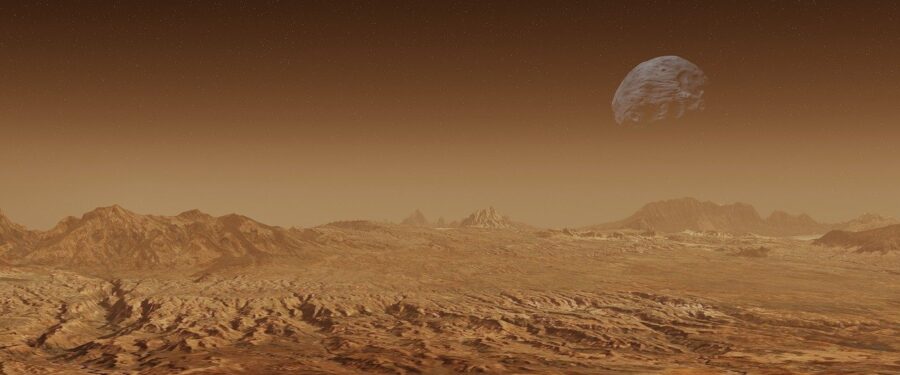
An AI-powered robot chemist has successfully synthesized compounds from Martian meteorites, demonstrating the potential application in producing oxygen from water. The discovery comes as scientists have been searching for ways to extract oxygen from Mars’ reserves of frozen water ice, as the precious liquid is made of hydrogen and oxygen.
An AI Chemist Finds Molecule To Make Oxygen On Mars

Compounds, substances that facilitate chemical reactions, play a vital role in splitting water molecules into oxygen and hydrogen gas. The recent study, published in the journal Nature Synthesis, focused on Martian meteorites ejected from the Red Planet from cosmic impacts. The AI chemist, equipped with a robot arm, collected samples from five different categories of Mars rocks.
Using a laser, it scanned the ore and calculated over 3.7 million molecules that could be synthesized from six metallic elements found in the Mars rocks, including iron, nickel, manganese, magnesium, aluminum, and calcium. Within six weeks and without human intervention, the AI chemist selected, synthesized, and tested 243 different molecules.
Splitting Water Molecules
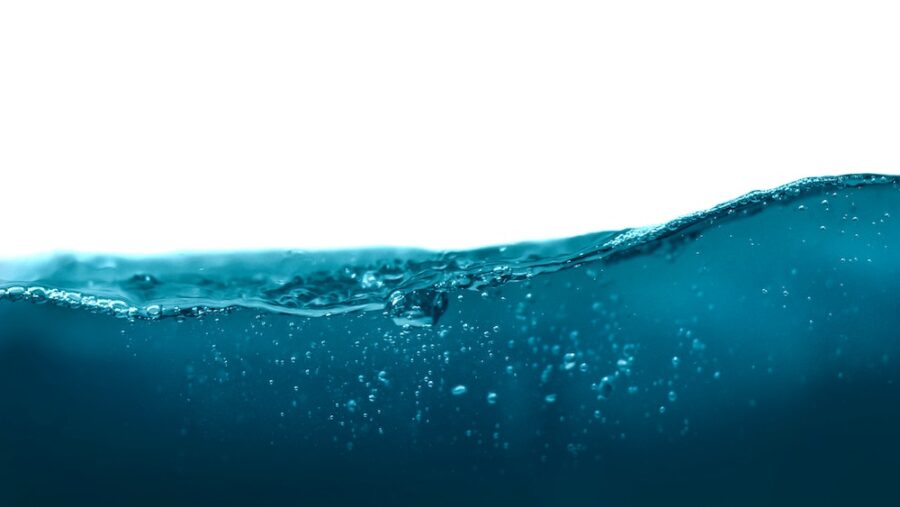
The most promising compound identified by the robot could efficiently split water at temperatures as low as minus 34.6 degrees Fahrenheit (minus 37 degrees Celsius), mirroring the cold conditions found on Mars. Co-senior author of the study and a scientist at the University of Science and Technology of China in Hefei Jun Jiang expressed his excitement to Space.com.
“When I was a boy, I dreamed of interstellar exploration,” Jiang told the publication. “So when we finally saw that the catalysts [compounds] made by the robot could actually produce oxygen by splitting water molecules, I felt like my dream was coming true. I even started to imagine that I, myself, will live on Mars in the future.”
It Could’ve Taken Humans Thousands Of Years To Make The Same Discovery
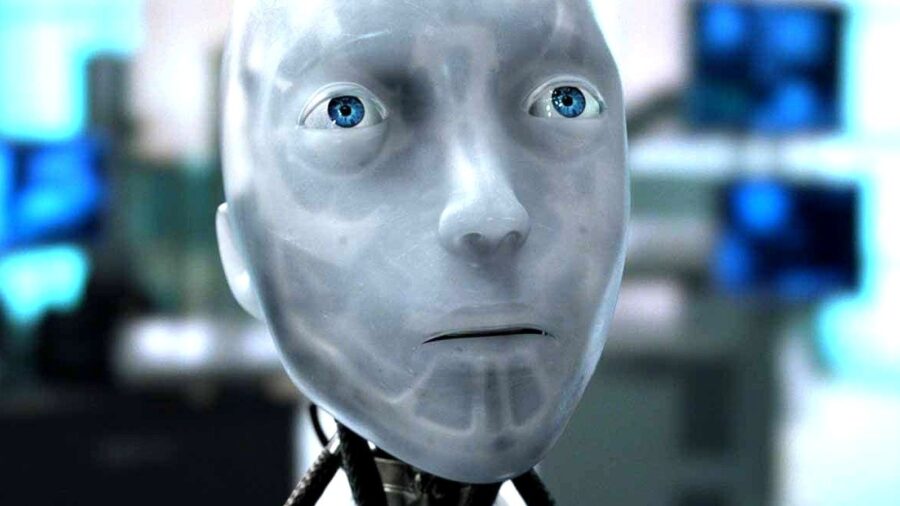
The efficiency demonstrated by the AI chemist is impressive. Researchers estimate that a human scientist would have needed approximately 2,000 years to discover the best Mars compound using traditional trial-and-error methods. However, Jiang emphasized the collaborative nature of AI and human guidance, stating that AI in science is effective only when directed by human expertise.
Future Mars Missions
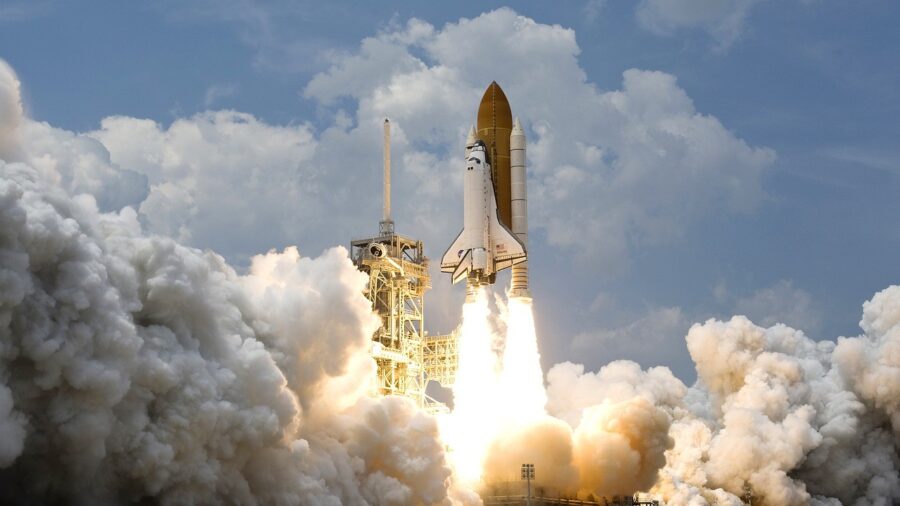
Looking ahead, the researchers aim to test the AI chemist under various Mars-like conditions beyond temperature, including atmospheric composition, air density, humidity, and gravity. The results open up exciting possibilities as the quest for oxygen on Mars is crucial for the success of future crewed missions, not only for sustaining astronauts but also as rocket fuel.
The conventional approach of transporting 25 metric tons of oxygen from Earth to Mars is costly and impractical, making the use of Martian resources a key strategy for long-term mission sustainability. NASA previously explored the possibility of producing oxygen on the Red Planet via its Mars Oxygen In-Situ Resource Utilization Experiment (MOXIE).
MOXIE
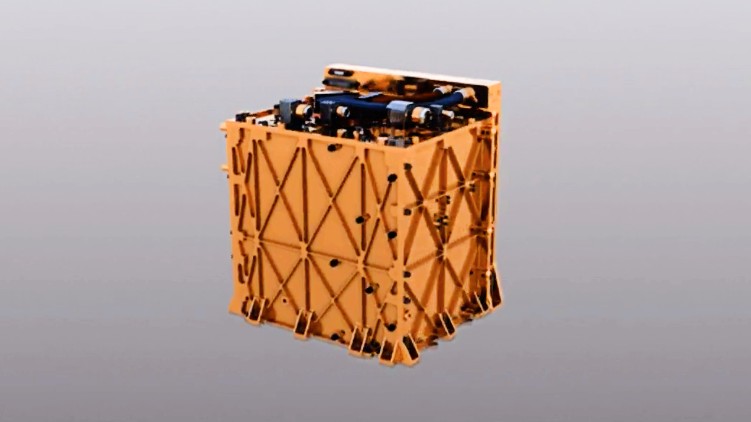
MOXIE is a toaster-sized experimental instrument aboard the Perseverance rover that converts carbon dioxide into oxygen. The module is about the size of a car battery and tests whether the technology can effectively produce oxygen on site (in situ) at a rate that’s more effective and cost-efficient than transporting it from Earth to Mars.
MOXIE’s objective was to produce oxygen of at least 98 percent purity at a rate of six to 10 grams per hour, and it has successfully achieved this goal, even exceeding expectations by producing 12 grams of oxygen per hour at its peak efficiency. Since then, MOXIE has generated a total of 122 grams of oxygen, demonstrating the feasibility of extracting oxygen from Mars’ atmosphere.












